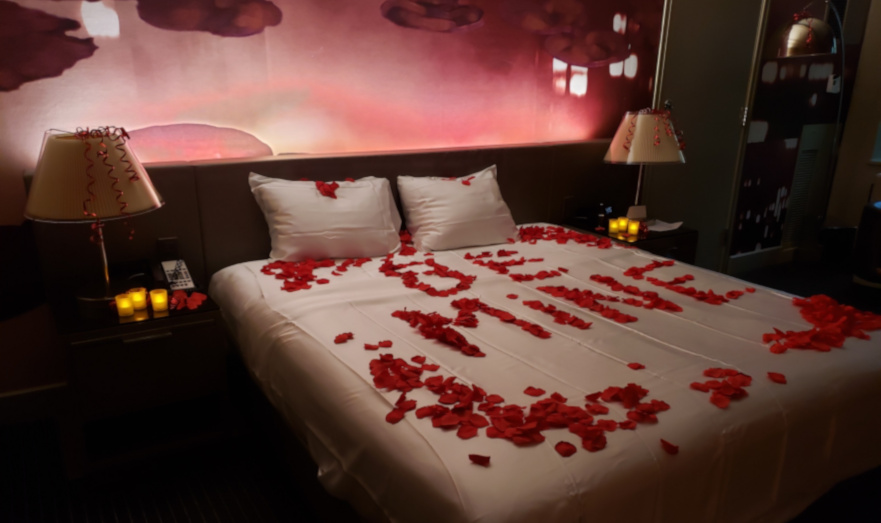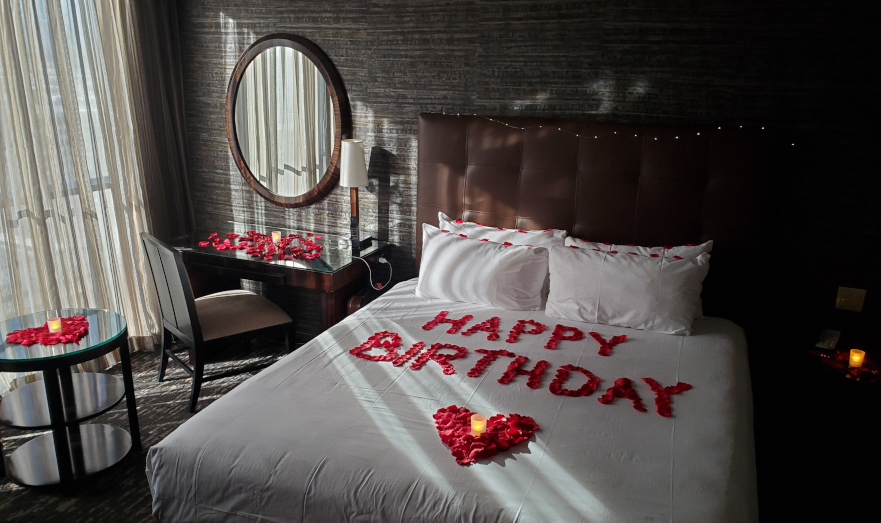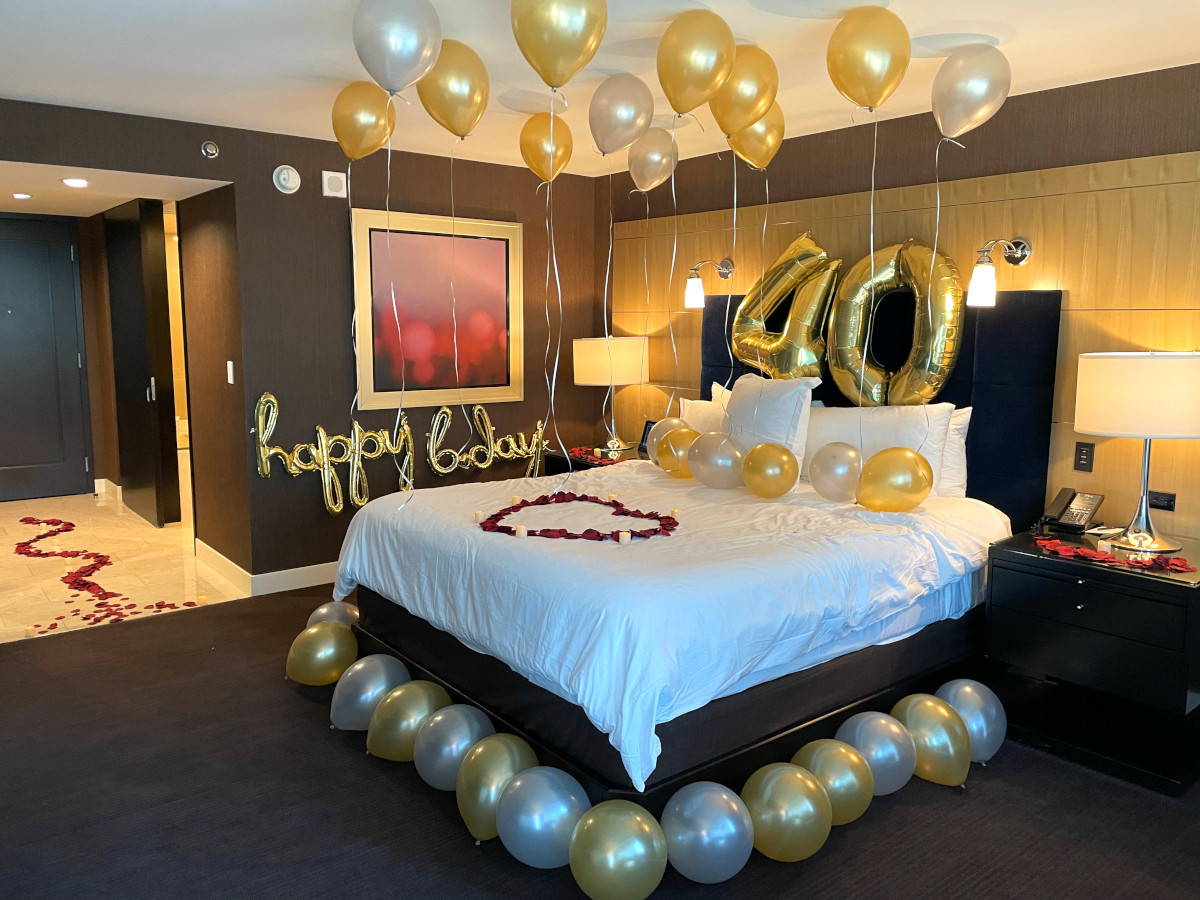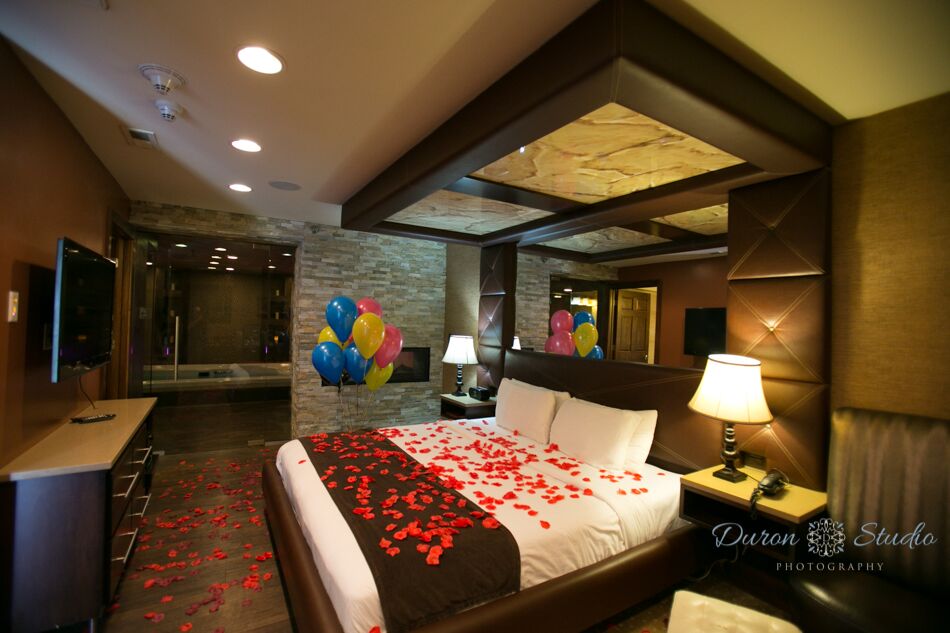When it comes to hotel room decoration, the objective is clear: create an inviting and comfortable space that leaves a lasting impression on guests. As someone who has spent considerable time in various hotels around the world, I’ve come to appreciate the nuances of hotel room design. In this article, we will explore various aspects of hotel room decoration, from color schemes to furniture choices, ensuring that your hotel rooms stand out in an increasingly competitive market.
Understanding the Importance of Hotel Room Decoration
Hotel room decoration is more than just aesthetics; it profoundly impacts guest experience and satisfaction. A well-decorated hotel room can establish a distinct brand identity, encourage positive reviews, and promote repeat business.
The Psychology of Color in Hotel Room Decoration
Colors can evoke emotions and set the mood for a room. For instance, warm colors like reds and oranges may stimulate energy, while cool colors such as blues and greens can create a soothing environment. Here’s a quick overview of color psychology in hotel rooms:

| Color | Emotion | Best Used In |
|---|---|---|
| Blue | Calm, Trust | Business hotels, Wellness retreats |
| Green | Relaxation, Nature | Resorts, Eco-friendly hotels |
| Yellow | Happiness, Warmth | Family-friendly hotels |
| Red | Energy, Passion | Romantic getaways, Boutique hotels |
Choosing the Right Furniture for Hotel Rooms

Comfortable and stylish furniture is crucial for creating an inviting hotel room. Here are some essential furniture pieces to consider:
1. Beds: The Heart of the Room

The bed is often the focal point of any hotel room, and choosing the right bed can significantly enhance the room’s appeal. Consider the following:
- Size: Offer various sizes, including king, queen, and twin.
- Quality: Invest in high-quality mattresses and linens for optimal comfort.
- Style: A stylish headboard can greatly enhance the room’s aesthetic.

2. Nightstands and Lighting
Nightstands should complement the bed and provide functional space for guests. Pair them with stylish lamps to create a cozy ambiance. Consider adjustable lighting options that allow guests to customize their experience.

3. Seating Areas
A small seating area with comfortable chairs or a loveseat can make your room feel more spacious and inviting. These spaces can serve as spots for relaxation or socializing.

Decorative Elements That Enhance the Experience
In addition to furniture, decorative elements such as artwork, curtains, and accessories can elevate the overall look of hotel rooms.

1. Art and Wall Decor
Artwork can greatly influence the ambiance of a hotel room. Local art can create a sense of place, while abstract pieces can add a contemporary touch. Consider these options:
- Framed Prints: Affordable and easy to change.
- Murals: Creates a strong visual impact.
- Wall Sculptures: Adds a three-dimensional element.
2. Window Treatments
Choosing the right curtains or blinds can improve privacy and control natural light. Lighter fabrics can create an airy feel, while heavy drapes can add a touch of elegance.
3. Accessories
Small accessories such as vases, books, and decorative boxes can personalize a room and make it feel more inviting. Keep it minimal to avoid clutter, but enough to spark interest.
Creating an Inviting Atmosphere: The Scent of the Room
Aromatic elements contribute significantly to a guest’s perception of a hotel room. The right scent can evoke positive feelings and create memorable experiences.
1. Use of Scented Candles
Scented candles can add warmth and fragrance. Choose scents that align with your hotel’s brand—fresh linens for a spa-like feel or vanilla for warmth and comfort.
2. Essential Oil Diffusers
For a more subtle approach, essential oil diffusers can disperse calming scents like lavender or eucalyptus, enhancing relaxation.
Eco-Friendly Hotel Room Decoration
As sustainability becomes increasingly important to travelers, eco-friendly decor options can set your hotel apart.
1. Sustainable Furniture Choices
Opt for furniture made from sustainable materials. Look for certifications like FSC (Forest Stewardship Council) to ensure your furniture is sourced responsibly.
2. Green Accessories
Incorporate live plants to enhance air quality and aesthetics. Low-maintenance options like succulents or snake plants work well for hotel rooms.
3. Energy-Efficient Lighting
LED lighting not only reduces energy consumption but offers versatility in design.
Incorporating Technology in Hotel Room Decoration
Today’s travelers expect modern conveniences. Integrating technology into your room design can significantly enhance the guest experience.
1. Smart TVs and Entertainment Systems
Installing smart TVs with streaming capabilities allows guests to enjoy their favorite shows and movies during their stay.
2. Charging Stations and USB Ports
Provide easy access to charging stations and USB ports, allowing guests to stay connected without hassle.
3. Room Control Systems
Smart room control systems that allow guests to adjust lighting, temperature, and entertainment systems can offer an enhanced level of comfort.
Budget-Friendly Hotel Room Decoration Ideas
Not all hotel room decoration needs to break the bank. Here are some budget-friendly ideas to consider:
1. DIY Decor
Consider repurposing old furniture or creating your own artwork. A touch of personalization can make a room feel unique.
2. Thrift Store Finds
Searching for vintage or second-hand furniture can yield surprising finds that add character to the rooms.
3. Simple Upgrades
Small changes, like replacing fixtures or updating linens, can make a big difference without significant investment.
Pros and Cons of Various Hotel Room Decoration Styles
Pros of Modern Decor
- Sleek, minimalistic appearance.
- Easy to clean and maintain.
- Often incorporates technology and sustainable materials.
Cons of Modern Decor
- Can feel cold or impersonal.
- May lack warmth and coziness.
- Requires higher initial investment in quality finishes.
Pros of Traditional Decor
- Timeless and classic appeal.
- Creates a warm, inviting ambiance.
- Often includes handcrafted items for a unique touch.
Cons of Traditional Decor
- May require more maintenance.
- Can become dated or fussy over time.
- Less flexibility for incorporating modern technology.
Conclusion: Curating the Perfect Hotel Room Decoration
The art of hotel room decoration involves a careful balance between style, comfort, and functionality. By considering elements like color psychology, furniture choices, decorative components, and technology, you can create spaces that resonate with guests and encourage them to return. My own experiences in hotel stays have shown me that a well-decorated room can transform a simple overnight stay into a memorable getaway. Let your creativity shine as you curate the perfect environment for your guests!
FAQs About Hotel Room Decoration
1. What are the most popular color schemes for hotel rooms?
Popular color schemes often include neutral tones paired with pops of brighter colors to create a warm and inviting atmosphere. Common combinations include soft grays and blues, earthy greens, and warm beige accents.
2. How can I make a small hotel room feel bigger?
Use mirrors to reflect light and create the illusion of more space. Choose furniture with legs to expose more floor area and select lighter color palettes to make the room feel airy.
3. What types of lighting should I include in a hotel room?
Incorporate layered lighting, including ambient lighting (overhead lights), task lighting (bedside lamps), and accent lighting (art or wall lights) to create a well-lit and inviting atmosphere.
4. How important is sustainability in hotel room decoration?
Sustainability is increasingly important to many travelers. Incorporating eco-friendly materials and practices can enhance your hotel’s appeal and potentially increase guest loyalty.
5. What are some budget-friendly decoration ideas for hotels?
Consider DIY projects, thrift store finds, and simple swaps like new linens or fixtures to refresh your hotel room decor without substantial costs.